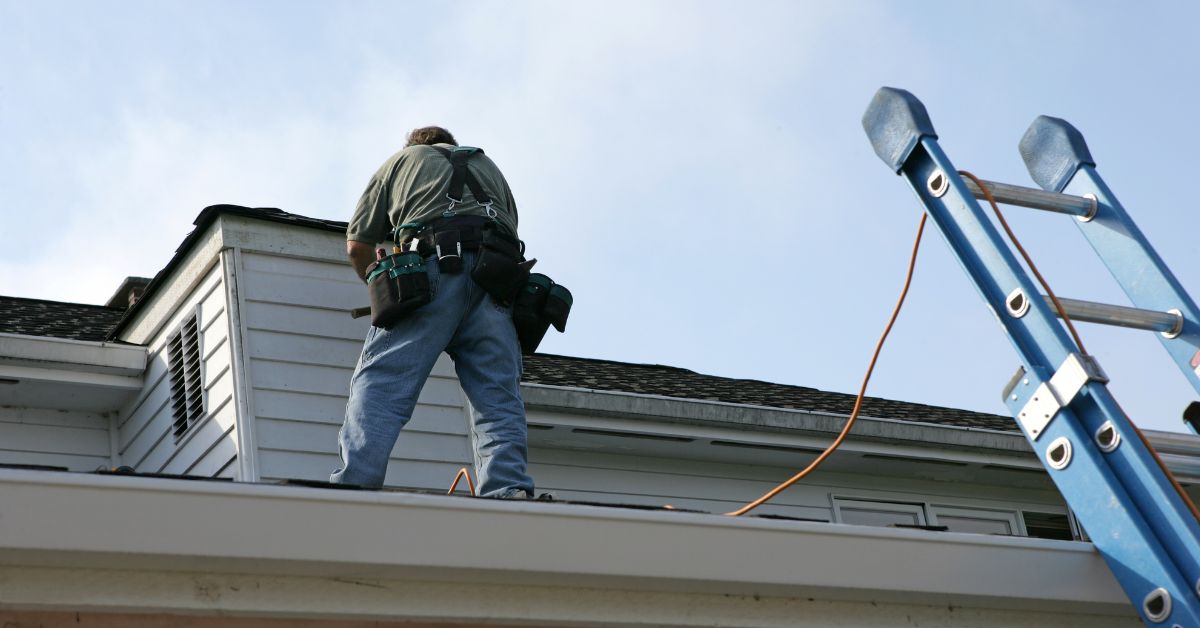In the vast realm of construction, where each component plays a crucial role in creating a secure and habitable space, roofers stand out as the artisans of the overhead canopy. With a unique blend of craftsmanship, technical expertise, and an innate understanding of the elements, these unsung heroes contribute significantly to the structural integrity and longevity of buildings.
At the core of a roofer’s responsibilities lies the art of installing a new roof. This process is akin to crafting a protective shield that must withstand the relentless forces of nature. Roofers, equipped with a deep knowledge of various roofing materials, architectural styles, and environmental factors, meticulously select and install roofing elements. Whether it’s the classic asphalt shingles, durable metal panels, or the timeless elegance of traditional tiles, roofers weave together these materials to form a shield against rain, snow, wind, and the scorching sun.
The installation process itself is a symphony of skills, where precision and attention to detail are paramount. Roofers assess the unique needs of each structure, considering factors such as the local climate, budget constraints, and the aesthetic preferences of the property owner. The result is not merely a roof but a meticulously crafted piece that complements the overall design of the building while providing robust protection.
Maintenance is another cornerstone of a roofer’s domain. Regular inspections and proactive upkeep are essential to ensuring the longevity of a roof. Roofers are adept at identifying potential issues such as loose shingles, damaged flashing, or signs of wear and tear. By addressing these concerns promptly, they prevent minor problems from escalating into major headaches for property owners, saving both time and money in the long run.
When nature takes its toll or accidents happen, roofers emerge as the frontline responders. Whether it’s a leak that needs patching, a damaged section requiring immediate attention, or the aftermath of a severe storm, roofers bring their expertise to bear on repairs. Their ability to quickly and effectively address issues ensures that homes and businesses remain secure and habitable, even in the face of unforeseen challenges.
The profession of roofing is not without its hazards, given the heights at which roofers operate. Safety is a paramount concern, and roofers undergo rigorous training to navigate the challenges of their work. Specialized equipment, adherence to strict safety protocols, and a keen awareness of their surroundings are all part of a roofer’s toolkit, ensuring that both the workforce and the quality of their work are safeguarded.
As the construction industry embraces sustainable practices, roofers are at the forefront of this movement. From the installation of energy-efficient roofing systems to the use of eco-friendly materials, roofers contribute to creating structures that are not only durable but also environmentally conscious. The adoption of technologies such as cool roofs, designed to reflect sunlight and reduce energy consumption, reflects their commitment to building a greener and more sustainable future.
In conclusion, roofers are the silent architects of our overhead shelters, combining artistry with technical skill to create structures that endure the test of time. Their role extends beyond mere construction; it encompasses the ongoing maintenance and repair that ensures the resilience of our homes and businesses. The next time you find yourself beneath a sturdy roof, take a moment to appreciate the craftsmanship and dedication of the roofers who, through their mastery of the overhead canopy, contribute to the safety and comfort of our built environment.

